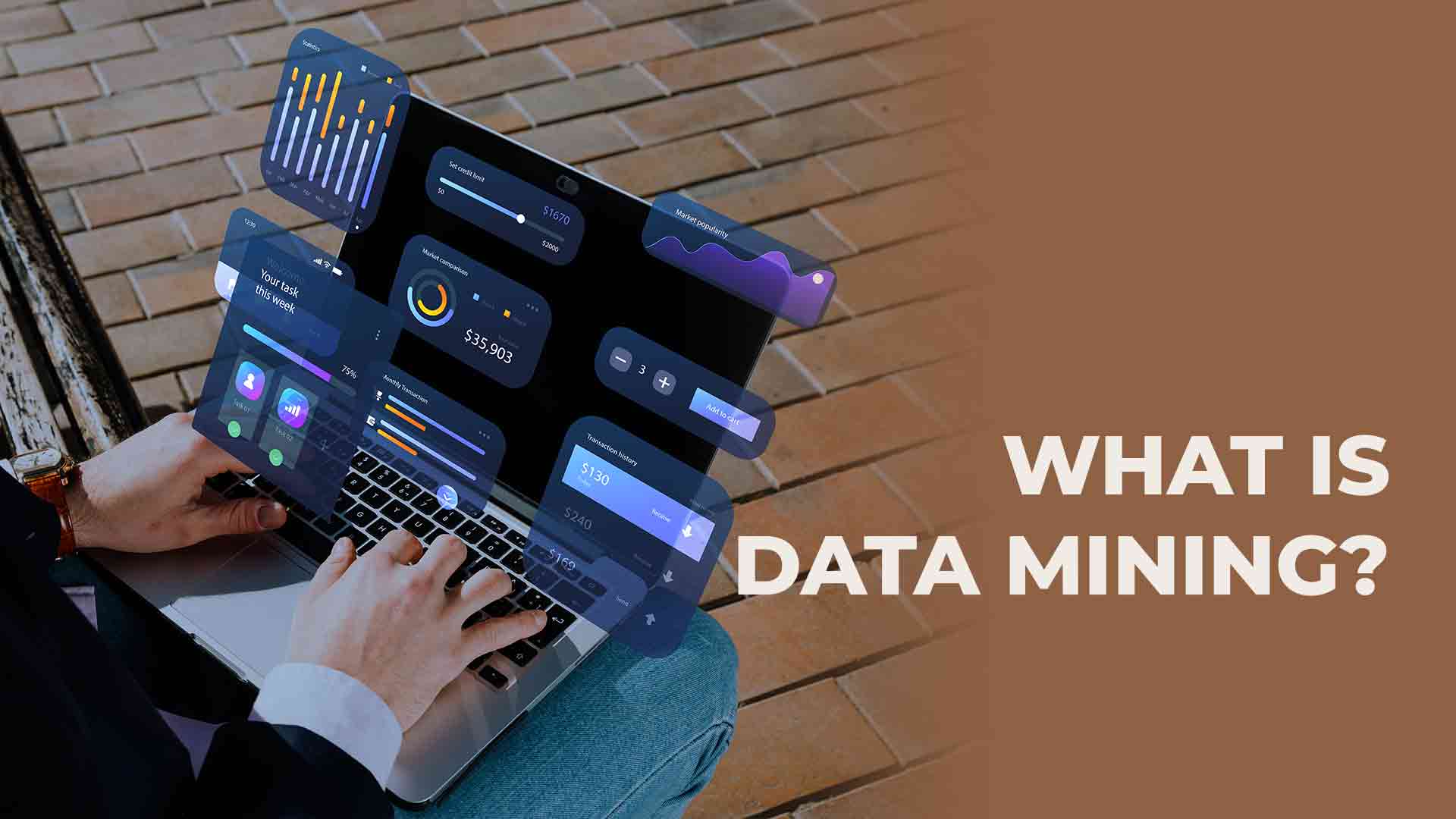
What is Data Mining?
Table Of Content
What is Data Mining?
Data Mining - History
Phases of Data Mining
Examples of Data Mining
Benefits of Data Mining
Future of Data Mining
Data Mining Tools
Conclusion
What is Data Mining?
The act of sifting through massive data sets to find links and patterns that may be used to address business problems through data analysis is known as data mining. Most importantly, by utilizing data mining techniques and technologies, many entrepreneurs would be able to forecast future trends and make better-educated business decisions that would ultimately benefit the growth of the business. Effective data collection, warehousing, and processing are certain prerequisites for the data mining process. Discovering more about a user base, predicting results, identifying fraud or security problems, describing a target data collection, and identifying bottlenecks and dependencies are a few critical uses for data mining.
Data Mining - History
The act of sifting through massive data sets to find links and patterns that may be used to address business problems through data analysis is known as data mining. Most importantly, by utilizing data mining techniques and technologies, many entrepreneurs would be able to forecast future trends and make better-educated business decisions that would ultimately benefit the growth of the business. Effective data collection, warehousing, and processing are certain prerequisites for the data mining process. Discovering more about a user base, predicting results, identifying fraud or security problems, describing a target data collection, and identifying bottlenecks and dependencies are a few critical uses for data mining.
Phases of Data Mining
- The first stage involves setting up a proper objective. To create the data questions and parameters for a particular project, data scientists and business stakeholders must collaborate to describe the business challenge and set the business objective accordingly.
- Eliminating superfluous characteristics and attributes, spotting and fixing outliers, adding missing values, and many more are all part of the process of data cleaning. This is the second stage of the data mining process and is crucial as it involves two major elements: cleaning and preprocessing the data. In addition to the above features, it also includes cleaning up or fixing inaccurate data that can be easily analyzed. The preprocessing stage includes normalizing the data, lowering its dimensionality, and many more.
- The third stage is all about creating proper learning models with the assistance of data and then evaluating the data based on its performance. The entire evaluation process is done by selecting the appropriate algorithm. Without performing this stage, it would be impossible to accurately predict any future trends or outcomes based on the data.
- In the final stage, data analyst experts deliver their final report, which contains all pertinent process data and insightful analyses regarding the entire performance of the business. The entrepreneurs verify the report and use it to identify patterns in their overall business performance that may need improvement in future scenarios.
Examples of Data Mining
The application of data mining is not limited to business purposes. There are various industries within the economy where data mining reports have proved to create positive opportunities. Here are some of the basic examples of data mining:
- By analyzing the trends, abnormalities, and behaviors, many financial institutions mine data to identify fraudulent transactions. It aids financial analysis, prevents fraud, identifies suspicious activity, and guarantees transaction security.
- In insurance companies, data mining is used to detect fraudulent activities. With the help of proper mining algorithms, suspicious transactions can be easily recognized, and possible fraud situations can be highlighted by examining transactional patterns and client behavior.
- Data mining is utilized in the healthcare sector to analyze clinical trials, medical imaging data, and electronic health records. It supports better treatment regimens, the identification of risk factors, the prediction of illness outcomes, and the detection of possible adverse medication responses.
- To obtain insights into consumer mood, product feedback, and developing trends, mining techniques are used to examine social media data, including tweets, posts, and comments. With the help of this valuable information, companies can predict changes in consumer attitudes and brand impressions.
Benefits of Data Mining
Future of Data Mining
Data Mining Tools
Conclusion
Data mining stands as a transformative force, revolutionizing the analysis of vast datasets for governments, corporations, and scholars alike. Its applications span across various industries, such as marketing, healthcare, and education. By uncovering hidden patterns and forecasting trends, data mining empowers businesses to make informed decisions, fostering efficiency and innovation. It uses intricate algorithms and methodologies to unlock valuable insights that are critical to driving success. Enhance your data science knowledge with the Executive Certification in Advanced Data Science and Applications offered by IITM Pravartak Technology Innovation Hub at IIT Madras, and stay ahead of the curve in this dynamic field.



